Address
KOZDIS Electric & Technology
Boca Raton, FL 33496

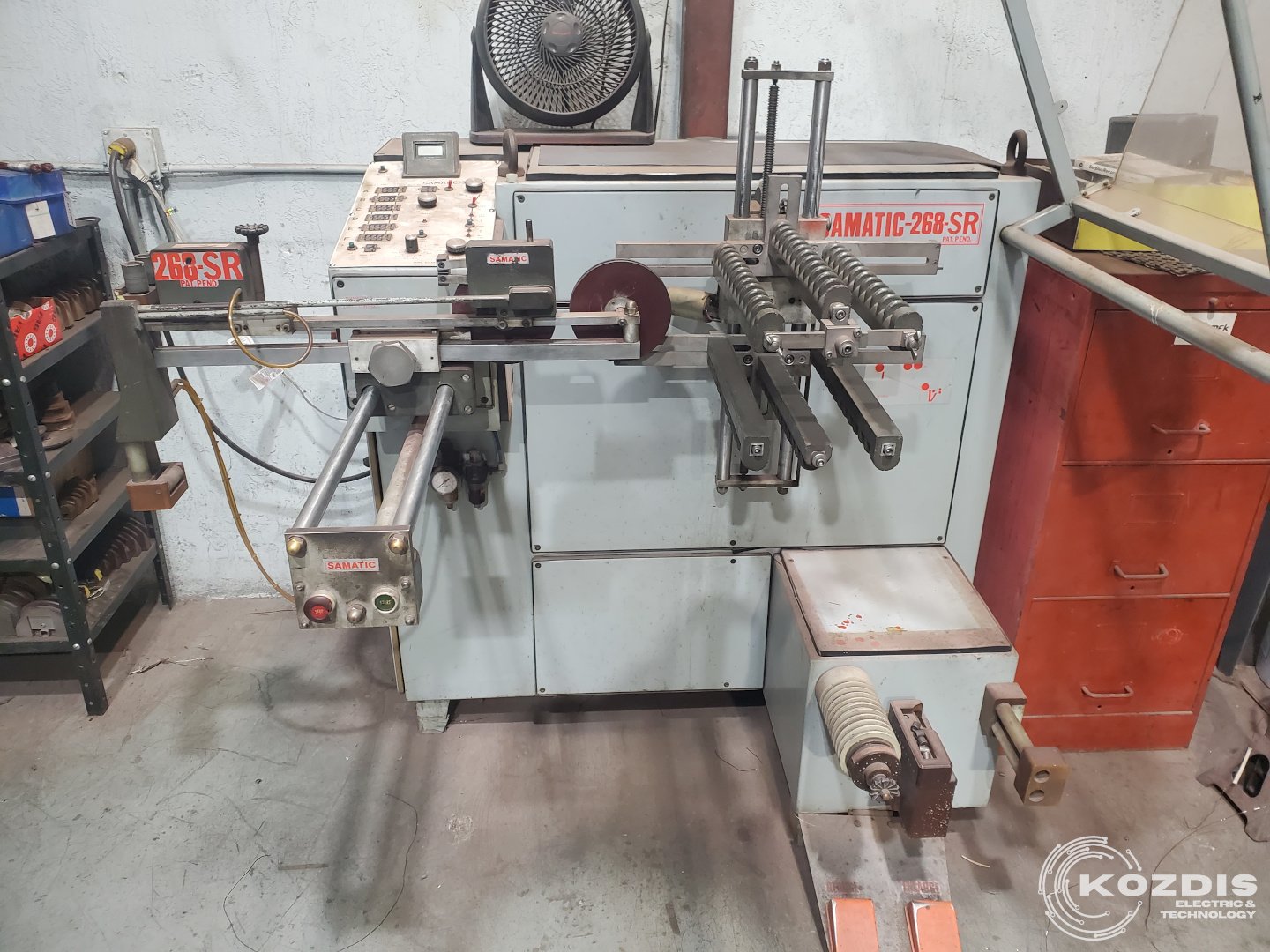
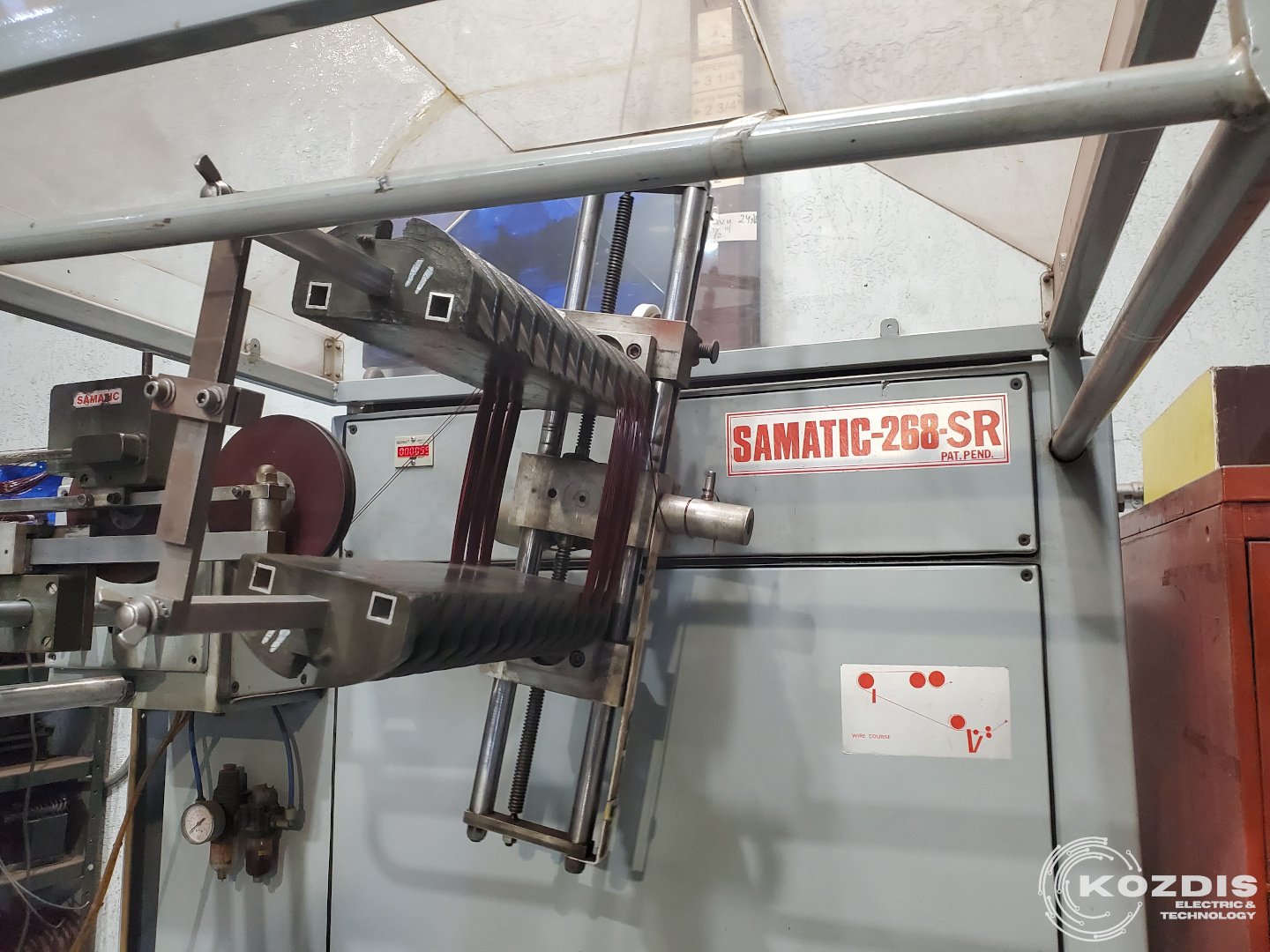
After four decades of reliable service, the coil winding machine finally succumbed to age and wear, breaking down without hope for easy repair. With the original manufacturer, SAMATIC, unable to supply the needed spare parts, the only conventional option left was purchasing a new machine priced at approximately $60,000. Facing this steep cost, I embarked on a project to restore the existing machine at a fraction of that price. By harnessing the power of a Raspberry Pi 5, I aimed not only to bring the machine back to life but also to integrate modern control and efficiency. Here’s how I achieved significant savings and breathed new life into an old workhorse.
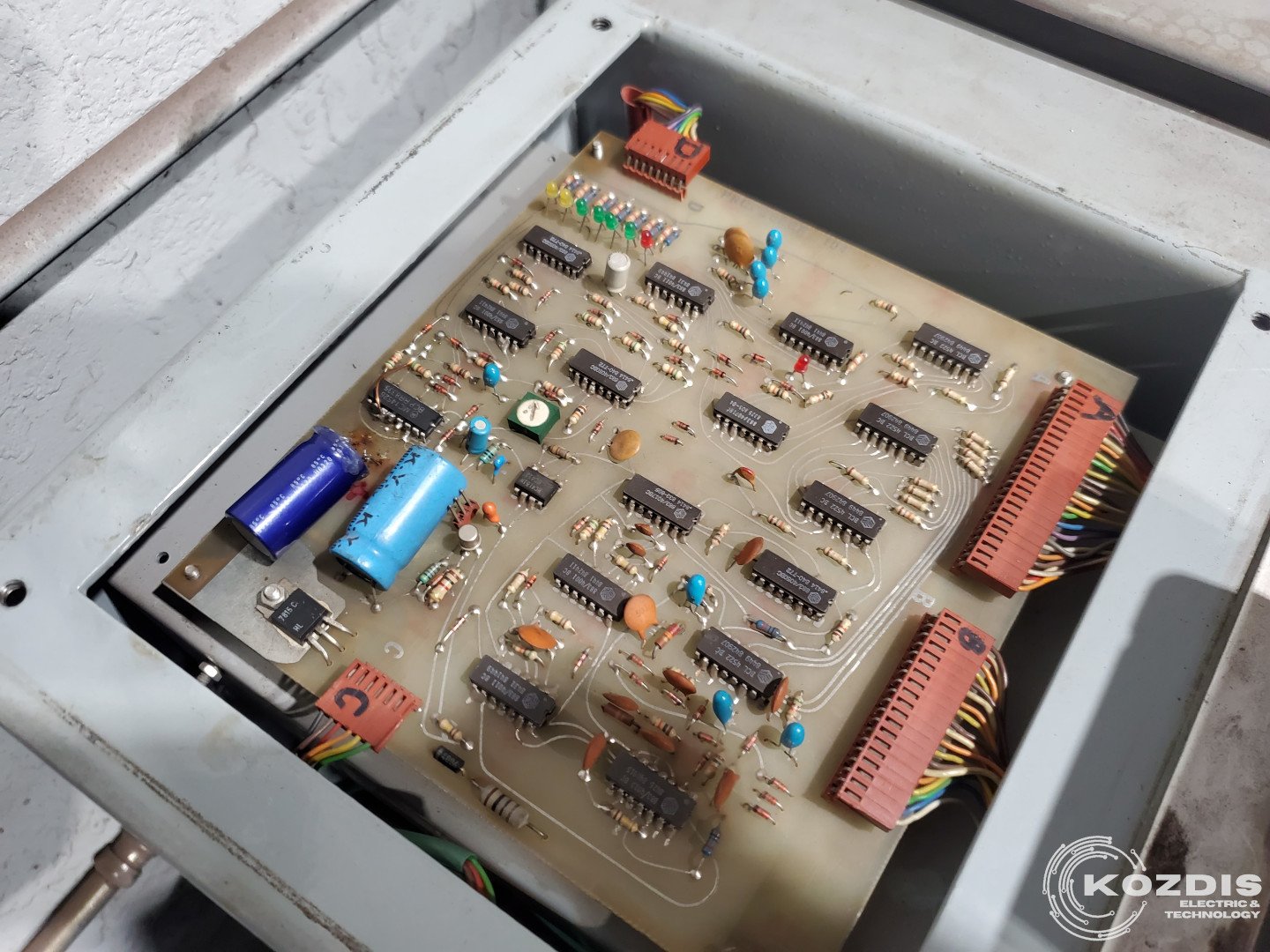

In the first picture, we see an old PCB that has been damaged. Despite replacing one of the components, the board still did not work. On the second, there is a new main PCB which is directly connected to the Raspberry Pi.
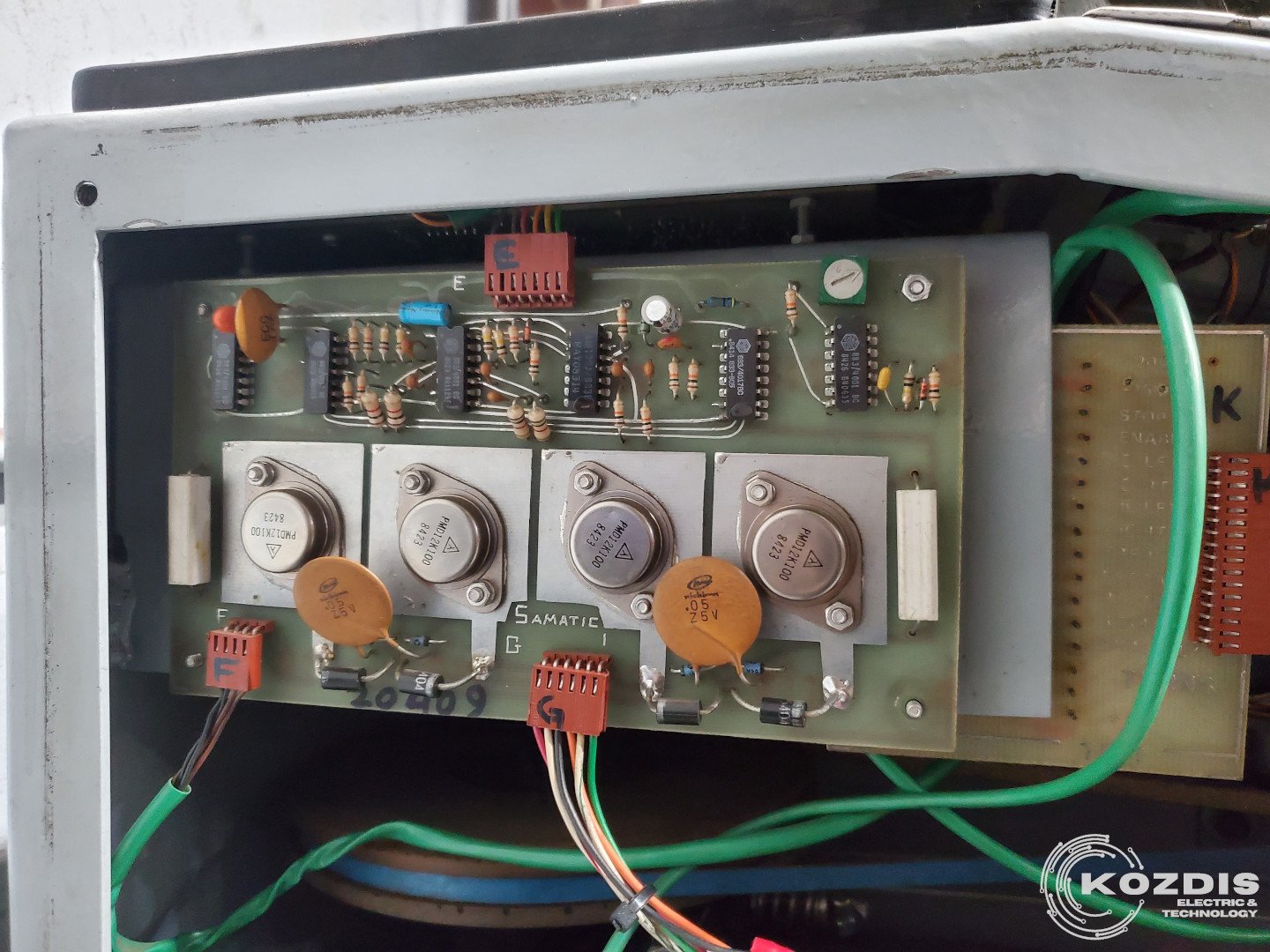
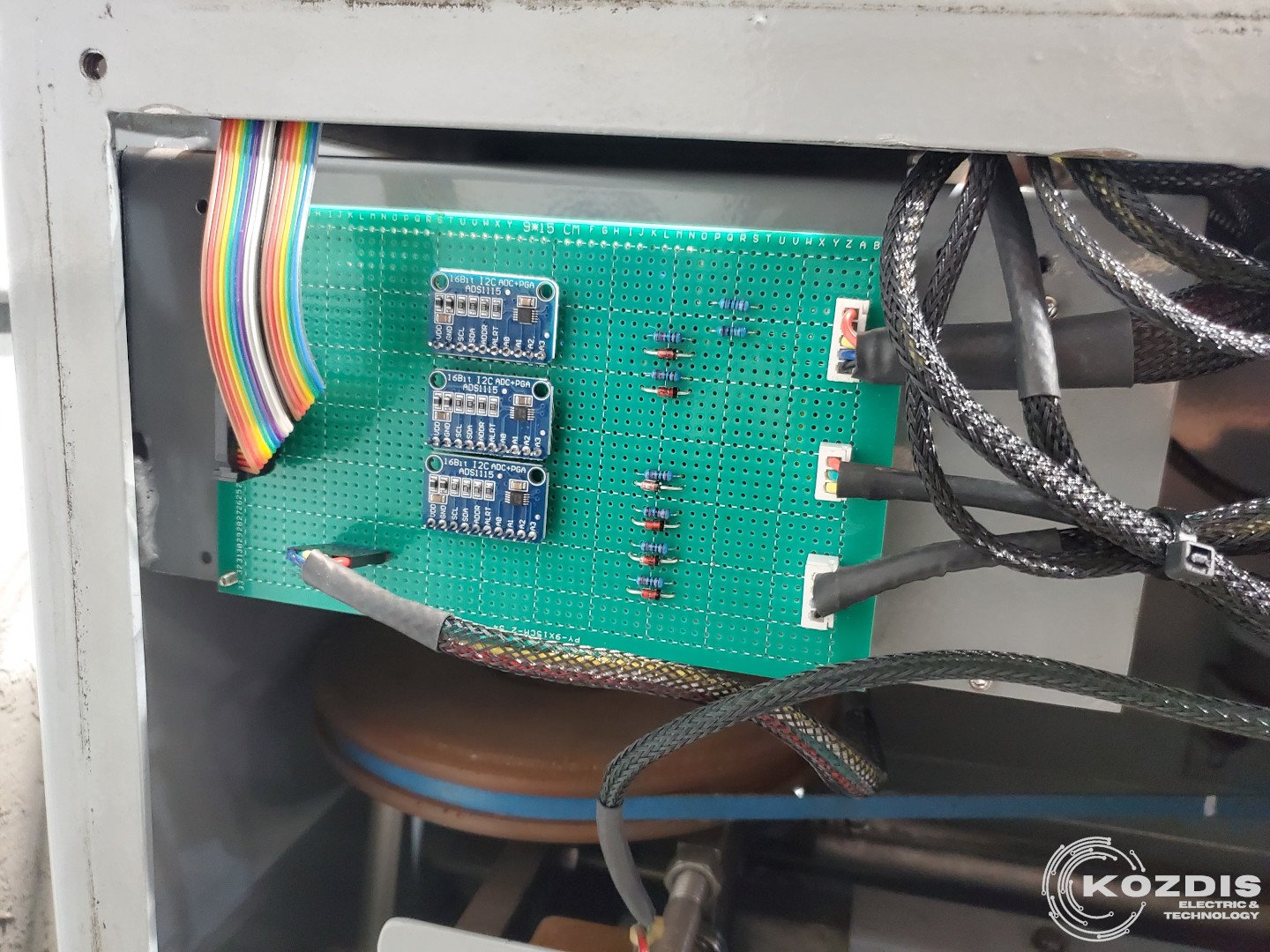
First picture shows us an old circuit board. In the second, we see a new PCB that is connected to a tachometer, a stepper motor, and sensors responsible for managing transitions between individual coils.
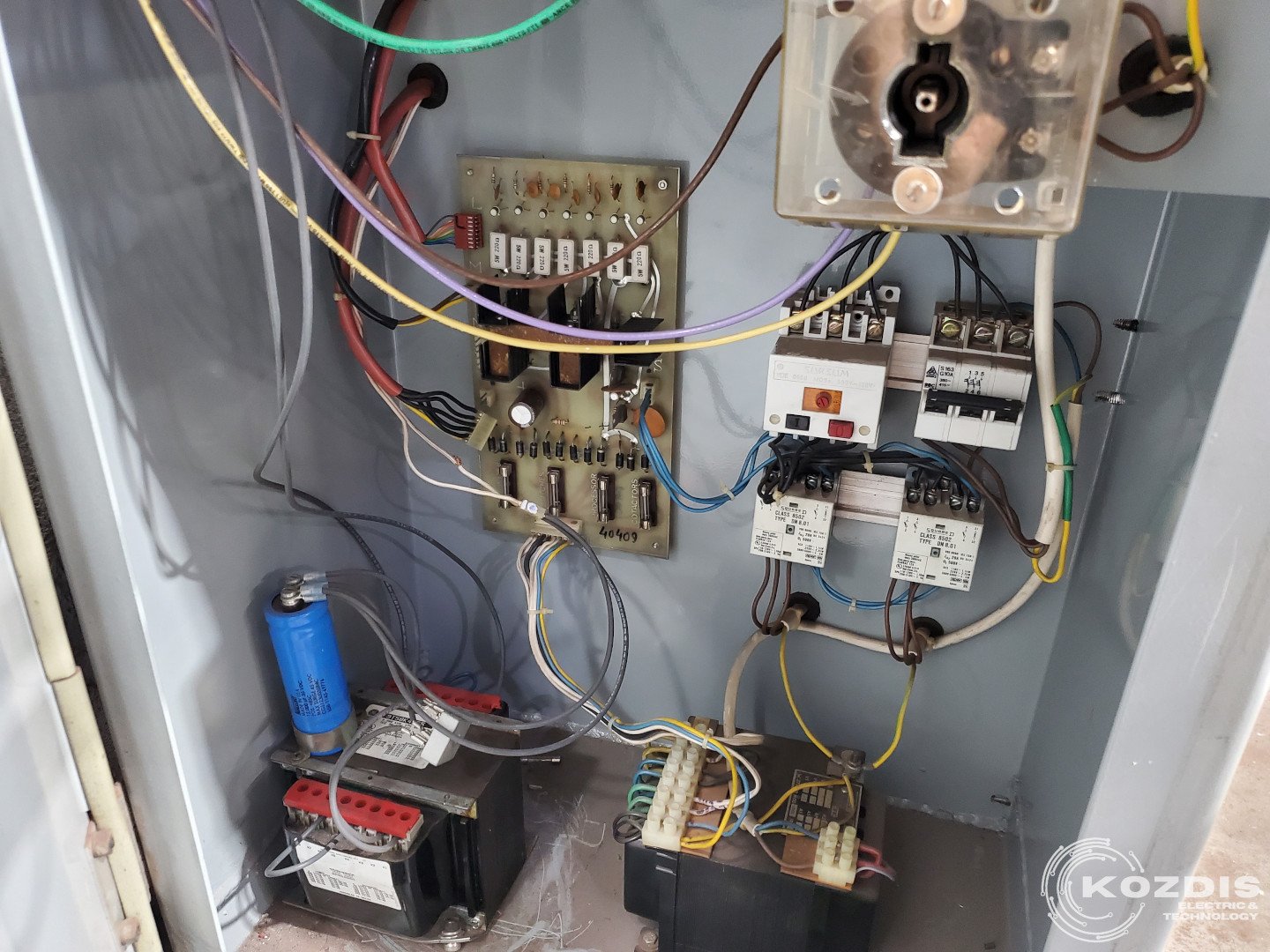
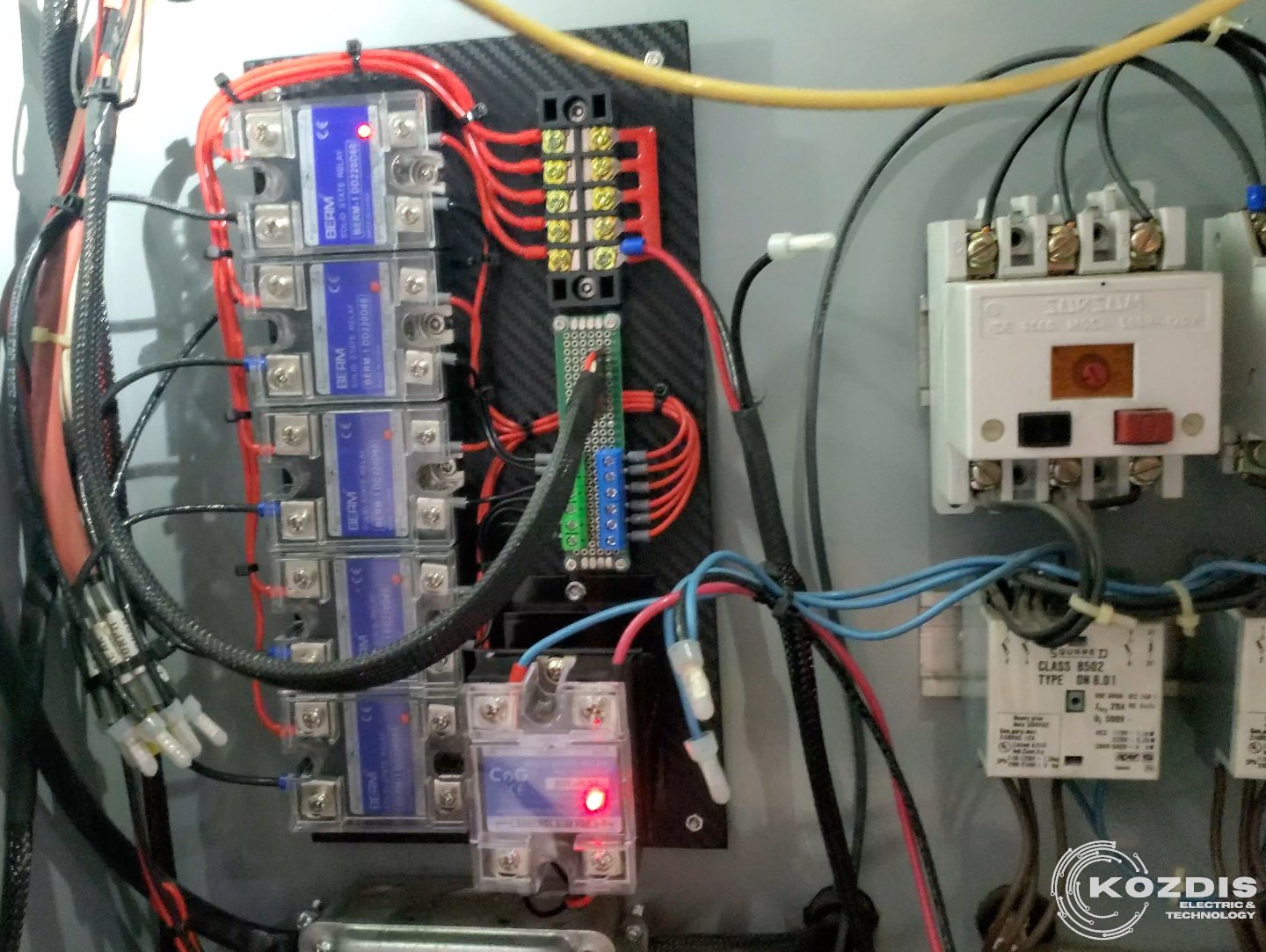
On the second picture, we see a new board responsible for controlling the clutches and the rotational speed of the main motor.


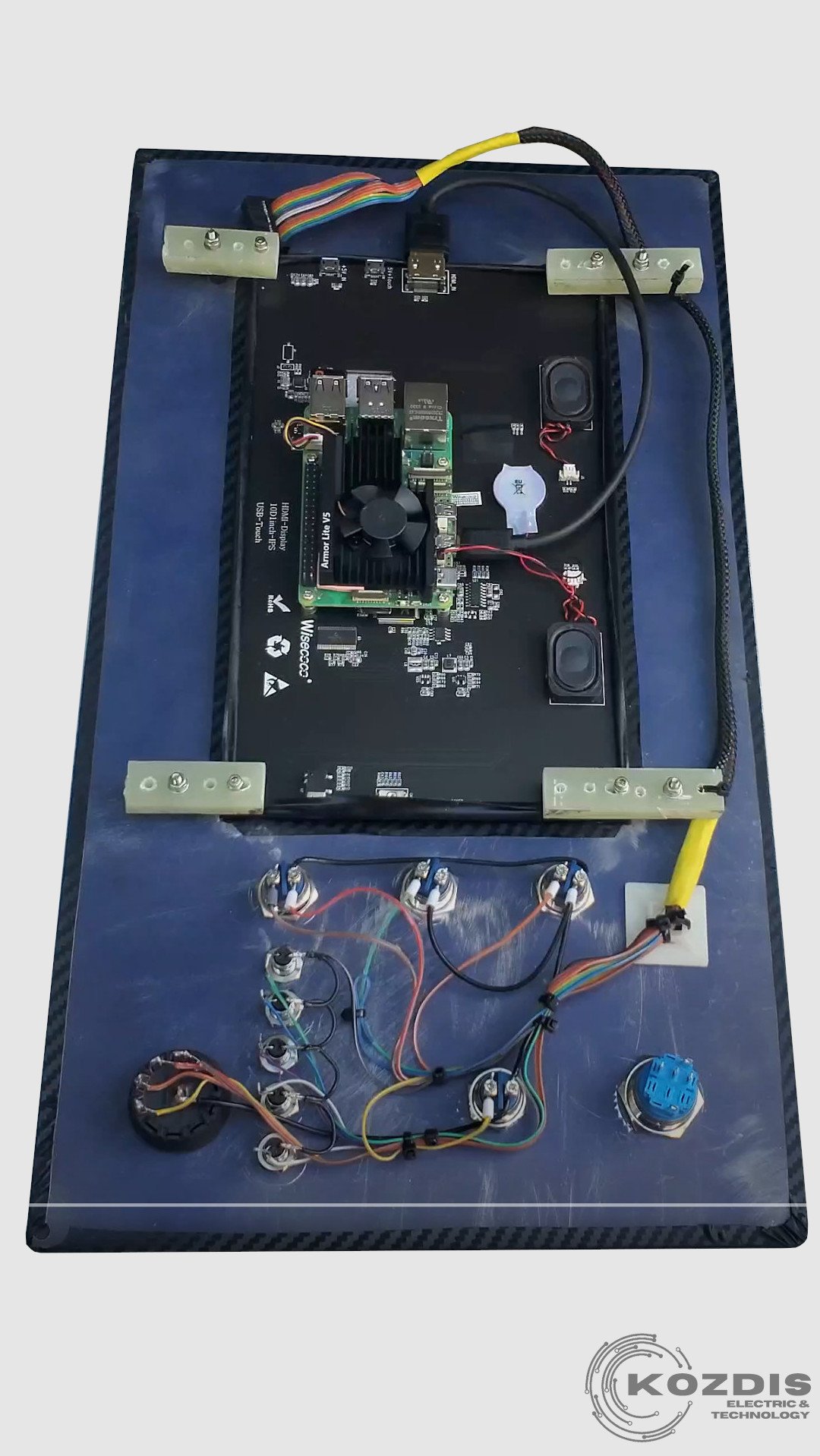
The first photo shows the old control panel. The following images feature an entirely new panel equipped with a 10-inch touchscreen. The last photo displays the wiring connections and the core of the machine, the Raspberry Pi 5.
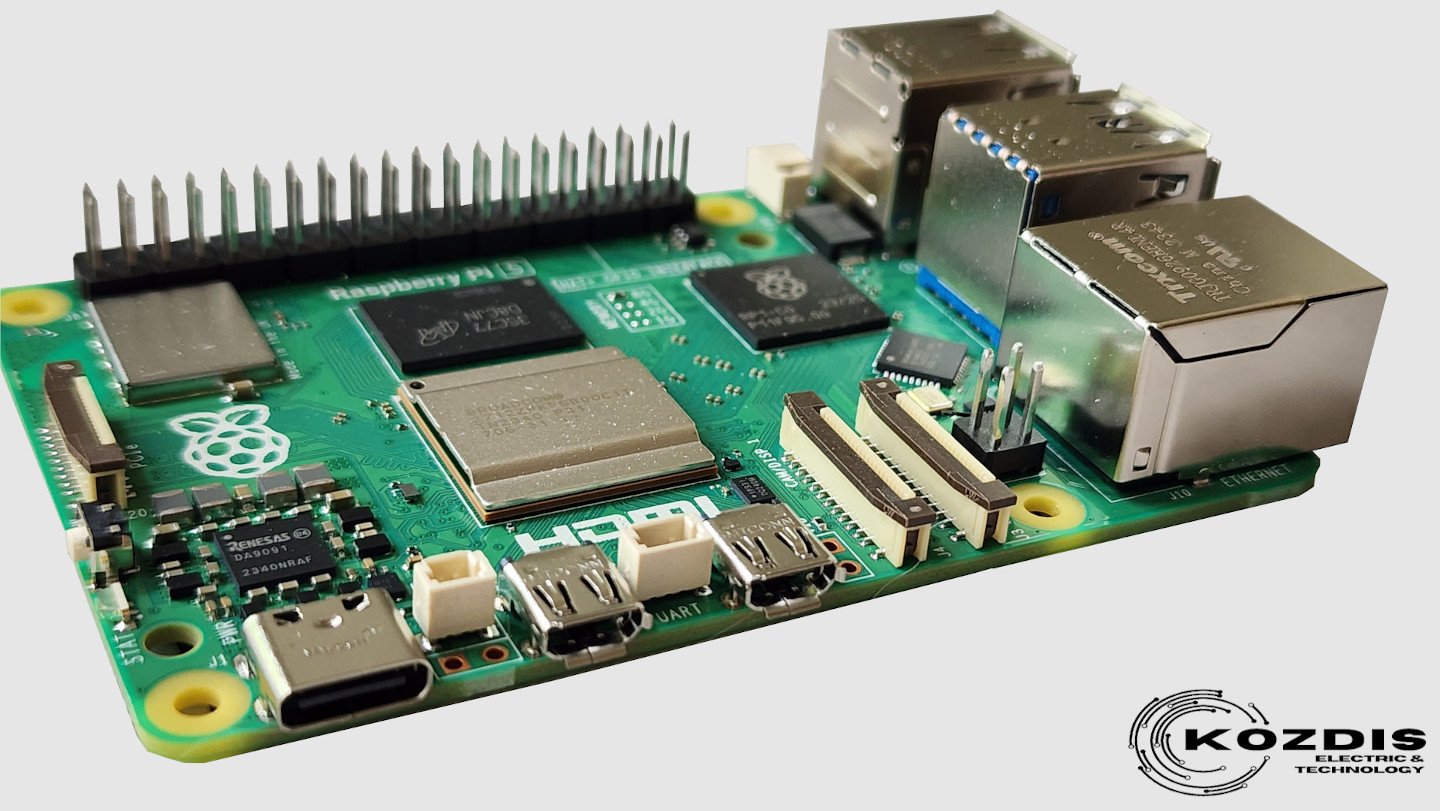
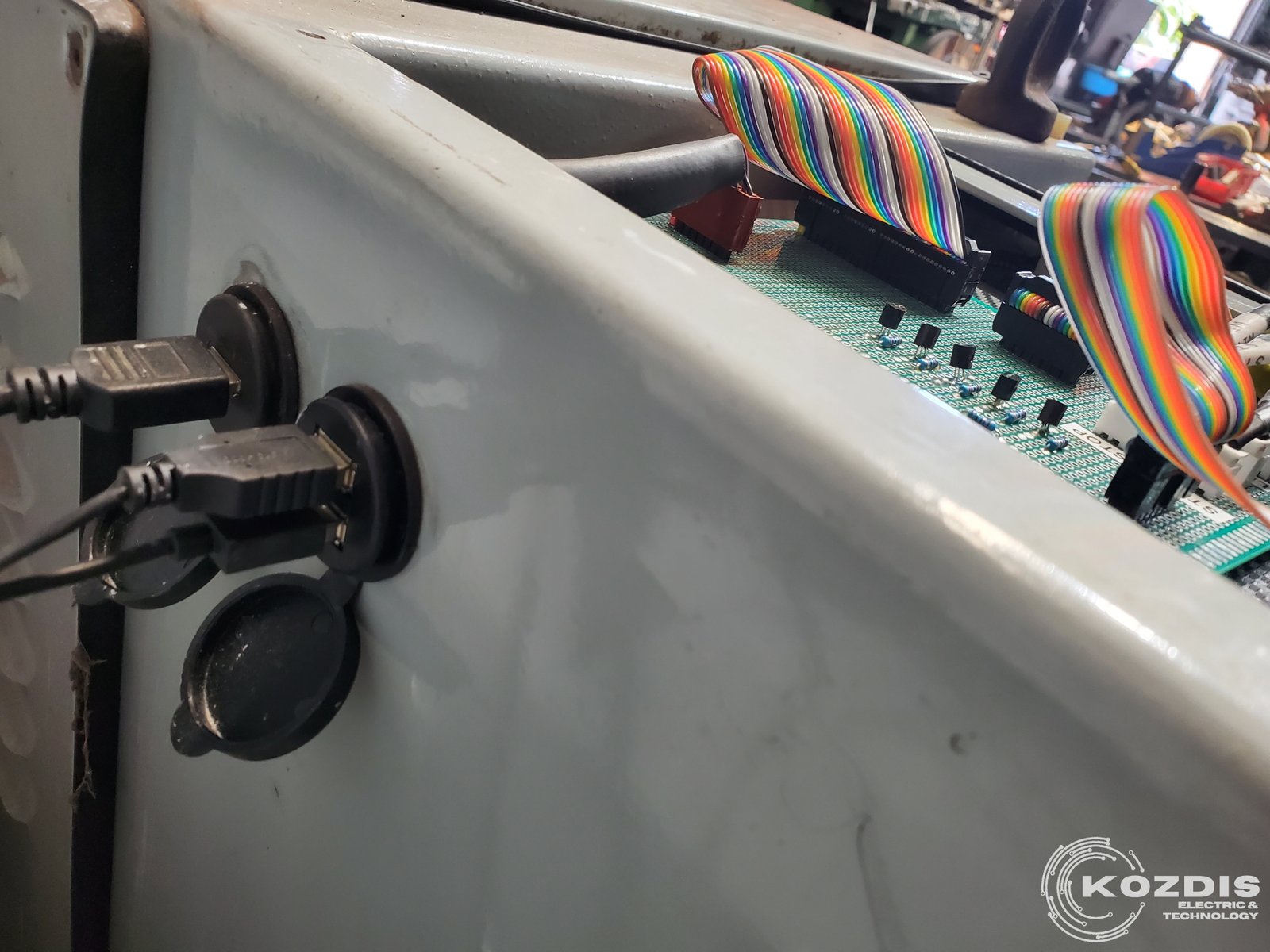
After repair, the machine is powered by Raspberry Pi 5 visible in the first photo. This compact but powerful computer has two HDMI ports, which allowed me to install an additional monitor to display customer orders. The second photo shows the available external ports: 1x HDMI and 2x USB.
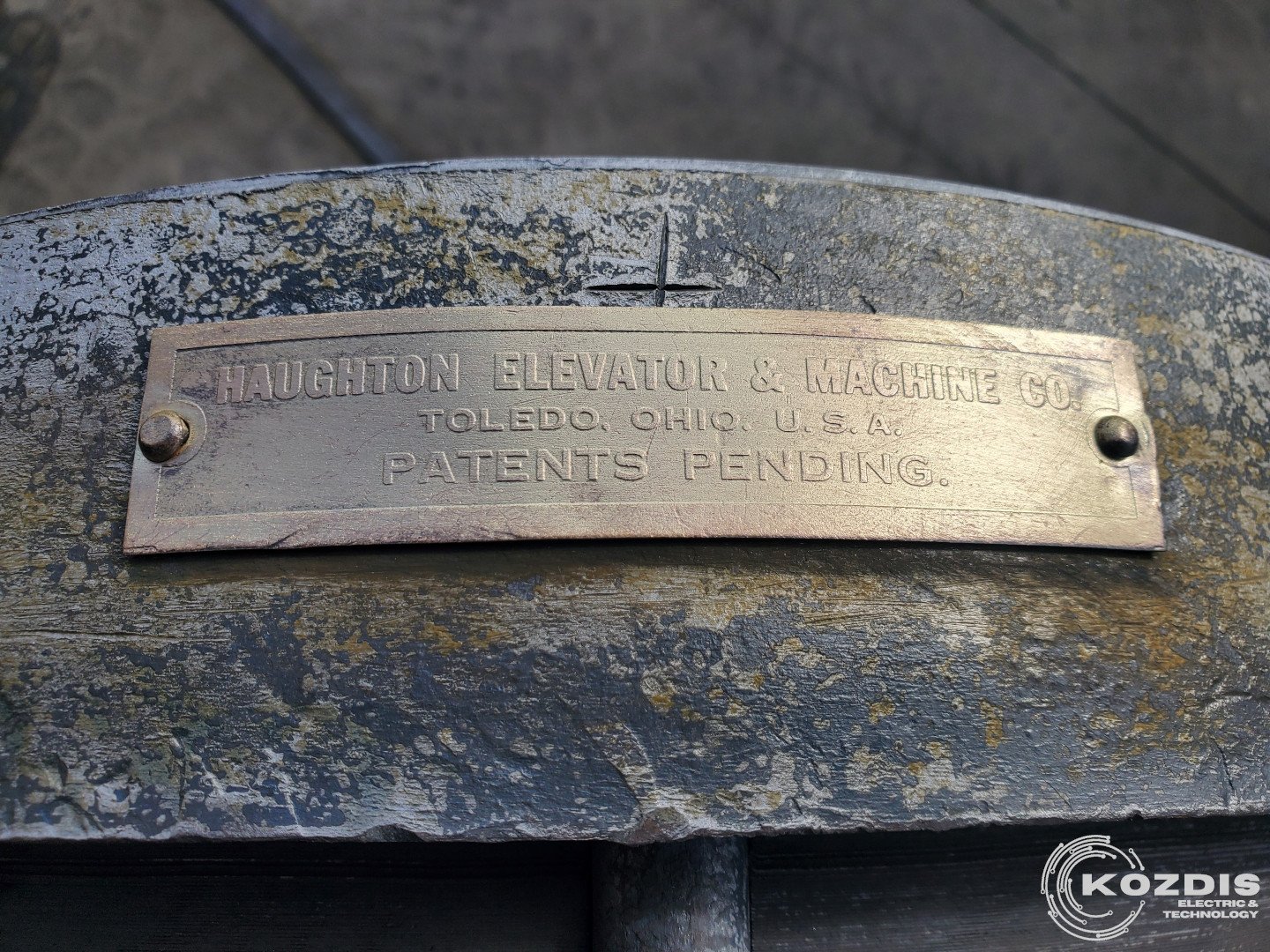
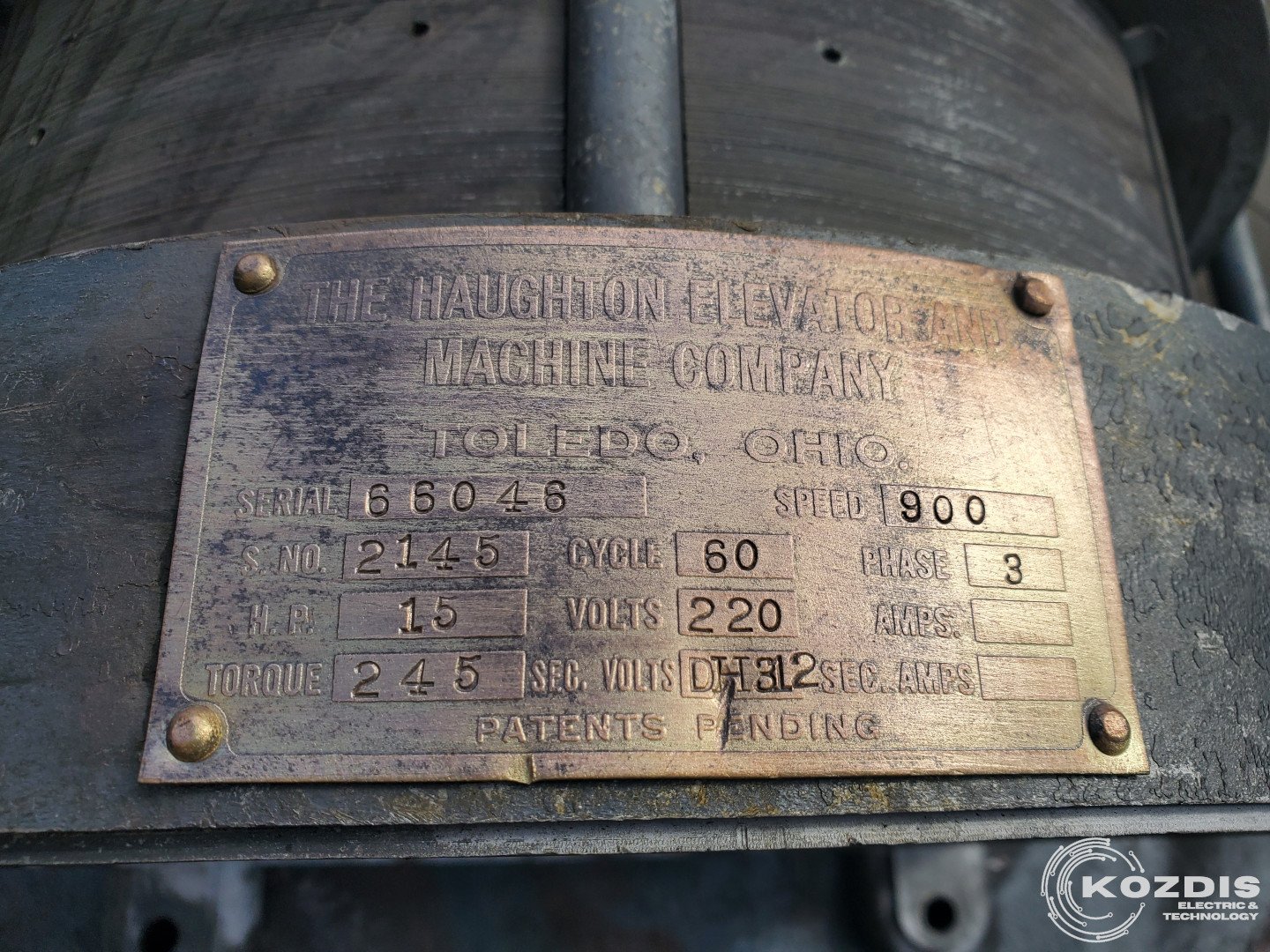
After the repair, the SAMATIC machine was immediately used to wind coils for a motor from HAUGHTON ELEVATOR. The motor is over 80 years old, and the brand's history dates back to 1867.

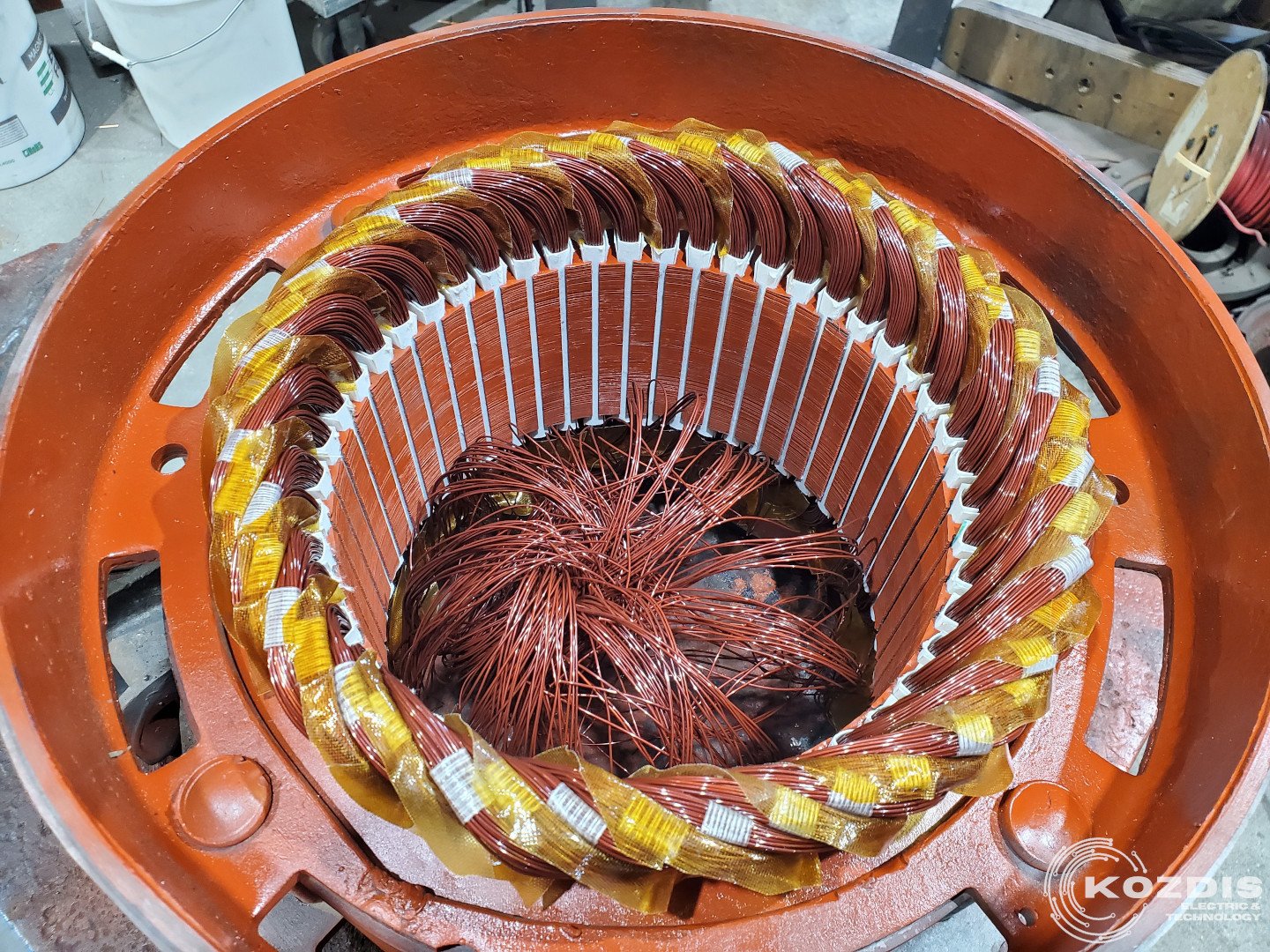
In the first picture, we see the motor stator prepared for winding. In the next one, we see the coils already inserted and ready for sewing.
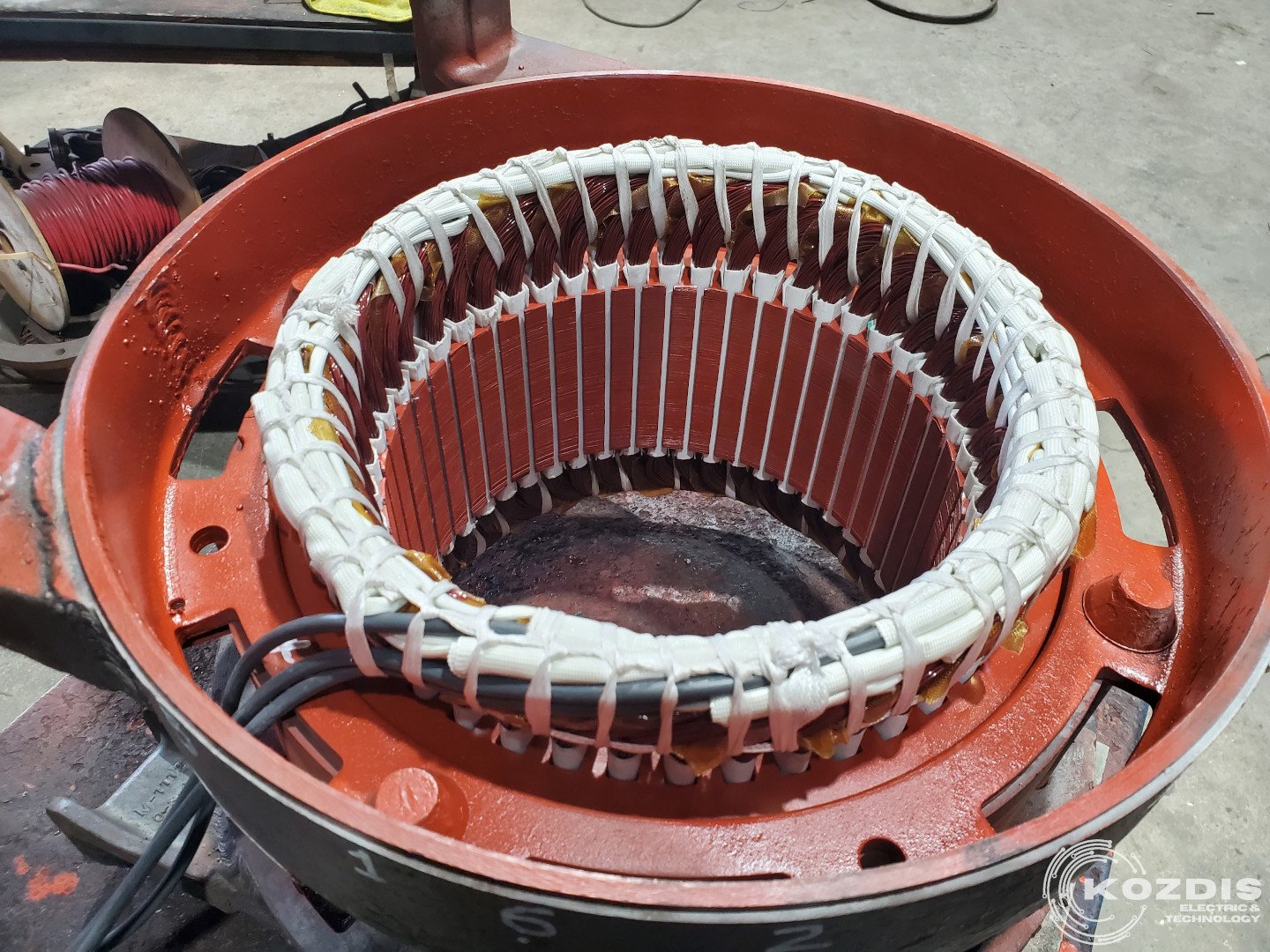
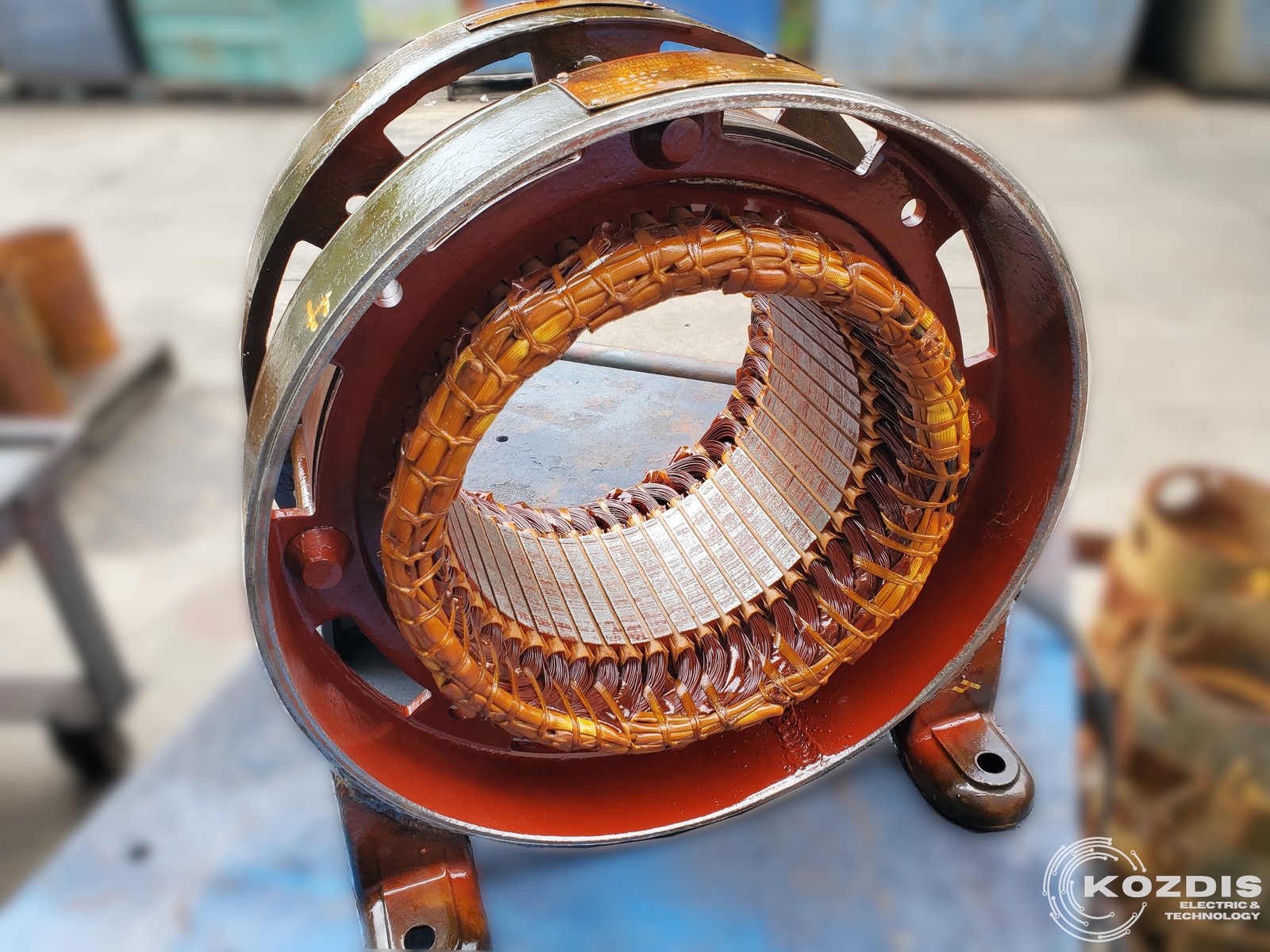
In the first picture, we see the motor with the cables routed, ready for immersion in varnish. In the next picture, the motor is prepared for assembly.
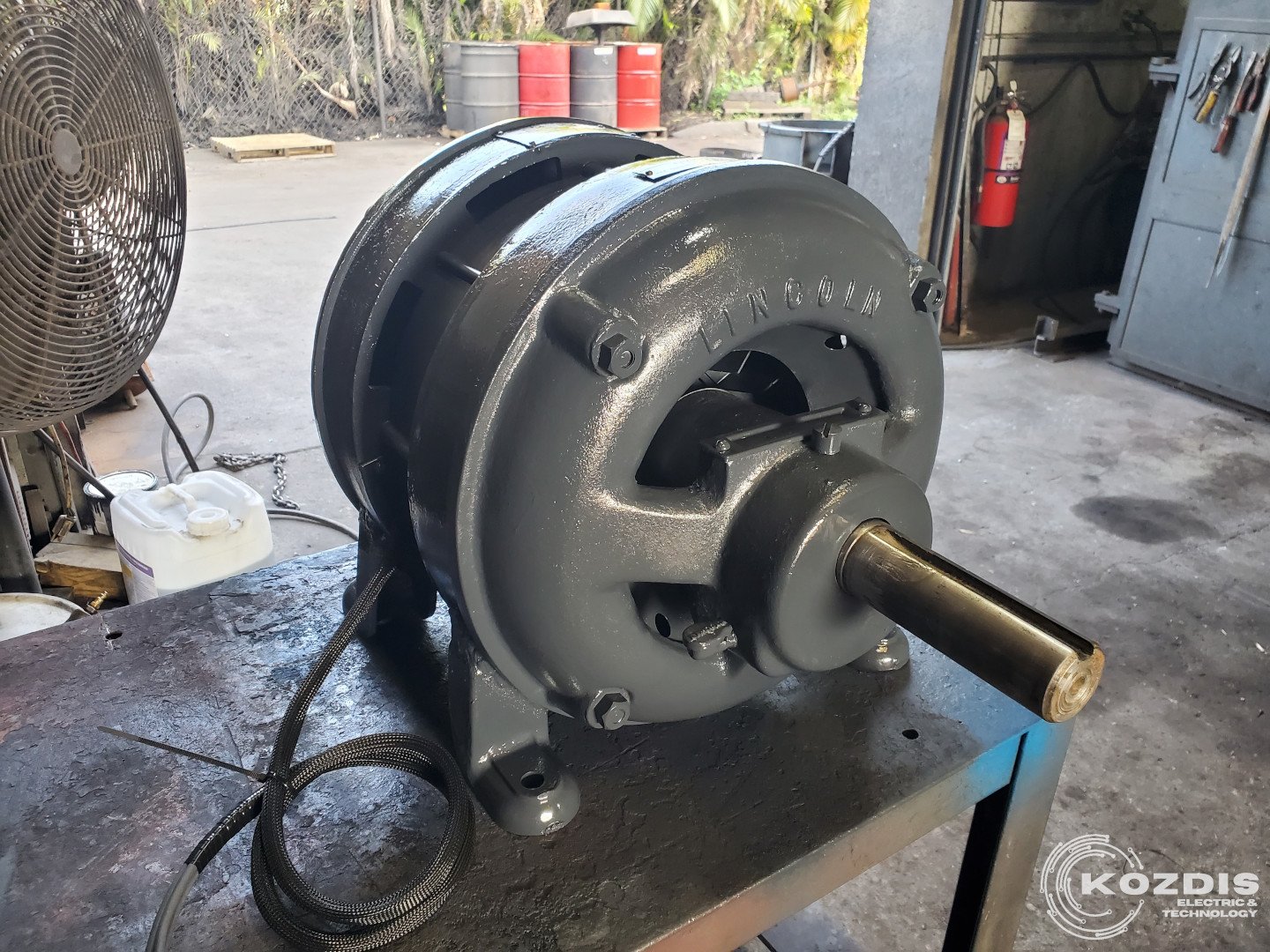

We can see the completed 80-year-old motor, which has been given new life after repairs and will continue to serve elevator passengers in Miami for years to come. If you have motors in need of repair, you can contact KLIMEK ELECTRIC MOTOR. Raspberry Pi 5 will surely help in repairing your motor.
Now you see how you can repair a 40-year-old machine using Raspberry Pi 5, saving a lot of money. If you're going on vacation to Florida and staying in Miami, you might be using an elevator powered by an electric motor that was repaired using Raspberry Pi 5.
After the renovation, the new machine winds coils for both AC and DC motors.
The first video shows the winding of coils for an AC motor. The second video shows the DC coil for the elevator brake. We can control the speed of the stepper motor to match the wire thickness with the pitch.
KOZDIS Electric & Technology
Boca Raton, FL 33496
+954 801 3918
Copyright 2024 Kozdis Electric & Technology. All Right Reserved.